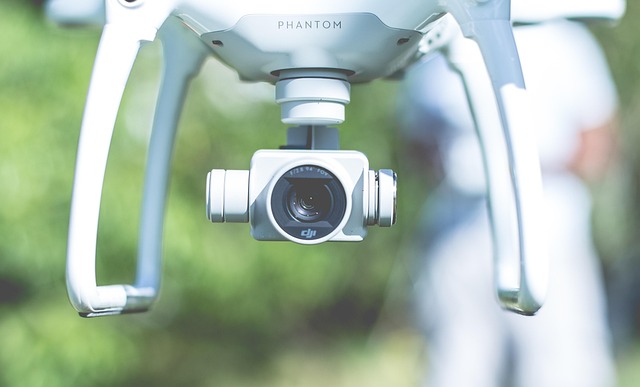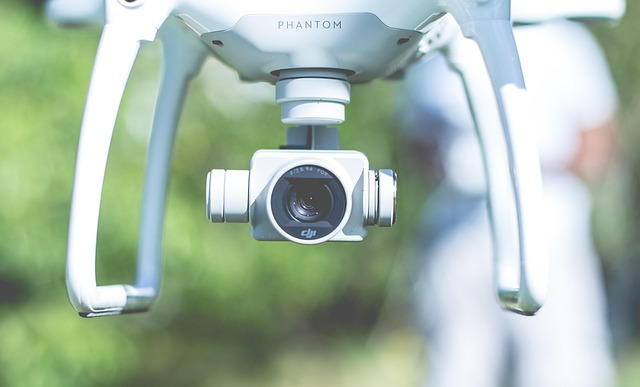Stress Inoculation Training (SIT) is a powerful therapeutic approach for managing stress, anxiety, and anger, especially in high-pressure situations. By gradually exposing individuals to simulated stressful scenarios, SIT teaches effective coping strategies like deep breathing, progressive muscle relaxation, and cognitive reframing. This method empowers people to navigate demanding environments calmly, reduce intense emotional reactions, and enhance overall well-being. With its ability to tackle anger control issues and promote mental resilience, SIT is a versatile tool for personal growth and professional success, especially in high-stress careers like military, first response, and executive roles.
Stress inoculation training (SIT) is a powerful approach that equips individuals with coping strategies to manage stress and adversity. This article delves into the comprehensive world of SIT, exploring its various facets. We examine the role of anger control therapy in enhancing resilience, dissecting the mechanisms behind its effectiveness, and highlighting its profound mental and physical health benefits. From identifying target audiences to discovering popular techniques, including mindfulness integration, real-world applications, and future directions, this guide provides an all-encompassing view of stress inoculation training.
Understanding Stress Inoculation Training

Stress inoculation training (SIT) is a powerful technique designed to help individuals build resilience and cope with stressful situations effectively. It involves learning specific strategies and skills to manage and reduce the impact of stress, anxiety, and even anger. This therapeutic approach is particularly beneficial for those seeking anger control therapy, as it equips them with tools to stay calm under pressure.
The core concept behind SIT is to expose individuals to simulated or controlled stressful scenarios, gradually increasing the intensity. Through this process, participants learn to recognize their stress responses and develop healthier ways of dealing with them. By facing these challenges in a safe environment, individuals gain a deeper understanding of their emotional triggers and learn techniques such as deep breathing, progressive muscle relaxation, and cognitive reframing to manage their reactions. This preparation allows people to better handle demanding situations, reducing the likelihood of experiencing intense anger or stress responses.
The Role of Anger Control Therapy

Stress inoculation training (SIT) is a powerful tool in equipping individuals with effective coping strategies to manage stress and anxiety, especially in high-pressure situations. Anger control therapy plays a pivotal role within this framework. By teaching individuals to recognize and regulate their anger responses, SIT incorporates techniques from anger control therapy to enhance emotional resilience. This involves understanding the physiological and cognitive triggers associated with anger, providing individuals with healthier alternative responses when faced with stressful or challenging scenarios.
Through mindfulness exercises, relaxation strategies, and cognitive reframing, anger control therapy within SIT empowers people to maintain a calm mindset even in frustrating or infuriating situations. The ultimate goal is to foster emotional intelligence, enabling individuals to navigate stress-inducing environments with composure and clarity. This approach not only reduces the negative impact of anger but also enhances overall well-being and performance under pressure.
How It Works: Mechanisms Behind Stress Inoculation

Stress inoculation training (SIT) is a powerful technique designed to help individuals manage and reduce their stress responses. At its core, SIT works by exposing individuals to simulated stressful situations in a controlled environment, allowing them to develop coping strategies and build mental resilience. The mechanisms behind SIT involve several psychological processes.
Firstly, the training helps individuals recognize and challenge their negative thought patterns associated with stress. Through various exercises, participants learn to reframe their perceptions, reducing the intensity of the emotional response. Additionally, anger control therapy techniques are often incorporated, teaching individuals how to manage their anger effectively during stressful scenarios. This dual approach not only lessens the impact of stress but also empowers individuals to respond calmly and rationally in challenging situations.
Benefits for Mental and Physical Health

Stress inoculation training offers significant benefits for both mental and physical health. By equipping individuals with effective coping strategies, this form of therapy helps to reduce stress levels and prevent them from escalating into more severe emotional responses, such as anger control issues. The techniques learned can enhance resilience, allowing people to better navigate challenging situations without succumbing to prolonged anxiety or irritability.
On a physical level, managing stress through inoculation training has been linked to improvements in cardiovascular health, sleep quality, and overall immune function. Lowered stress levels contribute to a calmer mind, which in turn supports the body’s natural healing processes. This holistic approach not only empowers individuals to lead more balanced lives but also promotes long-term well-being by addressing the root causes of stress-related disorders, including anger control therapy needs.
Target Audiences: Who Needs This Training?

Stress inoculation training (SIT) is a powerful tool designed for individuals seeking to build resilience and cope with demanding situations. The target audiences for this training are diverse, encompassing both personal and professional realms. Those struggling with anger control therapy often find SIT beneficial. It equips them with strategies to manage intense emotions, preventing impulsive reactions.
Additionally, high-pressure careers such as military personnel, first responders, and executives can greatly benefit from SIT. The training helps them navigate stressful environments, making critical decisions calmly and effectively. By learning to regulate stress responses, individuals in these roles can enhance their performance and overall well-being.
Popular Techniques in Stress Inoculation Programs

Stress inoculation training (SIT) programs employ various techniques to help individuals build resilience against stressful situations. Among the popular methods are cognitive behavioral therapy (CBT), which focuses on changing negative thinking patterns and behaviors, and mindfulness practices like meditation and deep breathing exercises. Anger control therapy is another effective approach, teaching participants how to manage and redirect angry impulses constructively.
Role-playing scenarios and simulated stressor exposures are also integral parts of many SIT programs. These techniques allow individuals to practice coping strategies in safe, controlled environments, gradually desensitizing them to stressors. Additionally, group therapy sessions encourage peer support and shared experiences, fostering a sense of community and collective resilience against stress and anxiety.
Integrating Mindfulness and Relaxation Practices

Stress inoculation training (SIT) is a powerful tool for individuals seeking to enhance their resilience and cope with challenging situations. One integral aspect of SIT involves integrating mindfulness and relaxation practices, which have proven effective in managing stress responses. By incorporating techniques such as deep breathing exercises, meditation, and yoga, participants learn to regulate their emotions and calm their minds.
These practices are particularly beneficial for individuals dealing with anger control issues. Mindfulness helps individuals become more aware of their triggers and increases emotional awareness, enabling them to respond mindfully rather than reacting impulsively. Relaxation techniques reduce the physical tension associated with stress, helping individuals regain control and prevent escalation. As a result, SIT equips participants with valuable coping mechanisms, fostering better mental health and improved anger management skills.
Real-World Applications and Success Stories

Stress inoculation training (SIT) has found its place in various real-world applications, proving to be a powerful tool for individuals seeking to manage stress and anxiety effectively. One notable area of success is in anger control therapy, where SIT helps individuals identify and modify negative thought patterns contributing to anger issues. By learning to regulate their emotional responses, participants can reduce impulsive behaviors and improve overall well-being.
Success stories abound, with many individuals reporting significant improvements in their ability to handle stressful situations. For example, military personnel have benefited from SIT in preparing for the mental rigors of combat, while first responders have used it to manage the high-stress demands of their professions. These real-world applications underscore the versatility and effectiveness of stress inoculation training in empowering individuals to navigate life’s challenges with greater resilience.
Challenges, Limitations, and Future Directions

Despite its proven effectiveness in enhancing emotional resilience, stress inoculation training (SIT) faces several challenges and limitations. One significant hurdle is integrating this therapy into mainstream healthcare systems due to resource constraints and a preference for more conventional treatments. Additionally, individual differences in learning styles and motivation can impact the efficacy of SIT, as it relies heavily on self-regulation skills that require consistent practice. The therapy’s success also hinges on the quality of training provided by practitioners, emphasizing the need for standardized curricula and ongoing professional development.
Looking ahead, future research should explore innovative delivery methods to make SIT more accessible and engaging, such as digital platforms and gamified interventions. Integrating anger control techniques into SIT has potential benefits, given that managing anger is a critical aspect of stress resilience. Furthermore, cultural adaptations are necessary to ensure the universal applicability of SIT while preserving its core principles, addressing diverse populations’ unique challenges, and enhancing its effectiveness in various settings.
